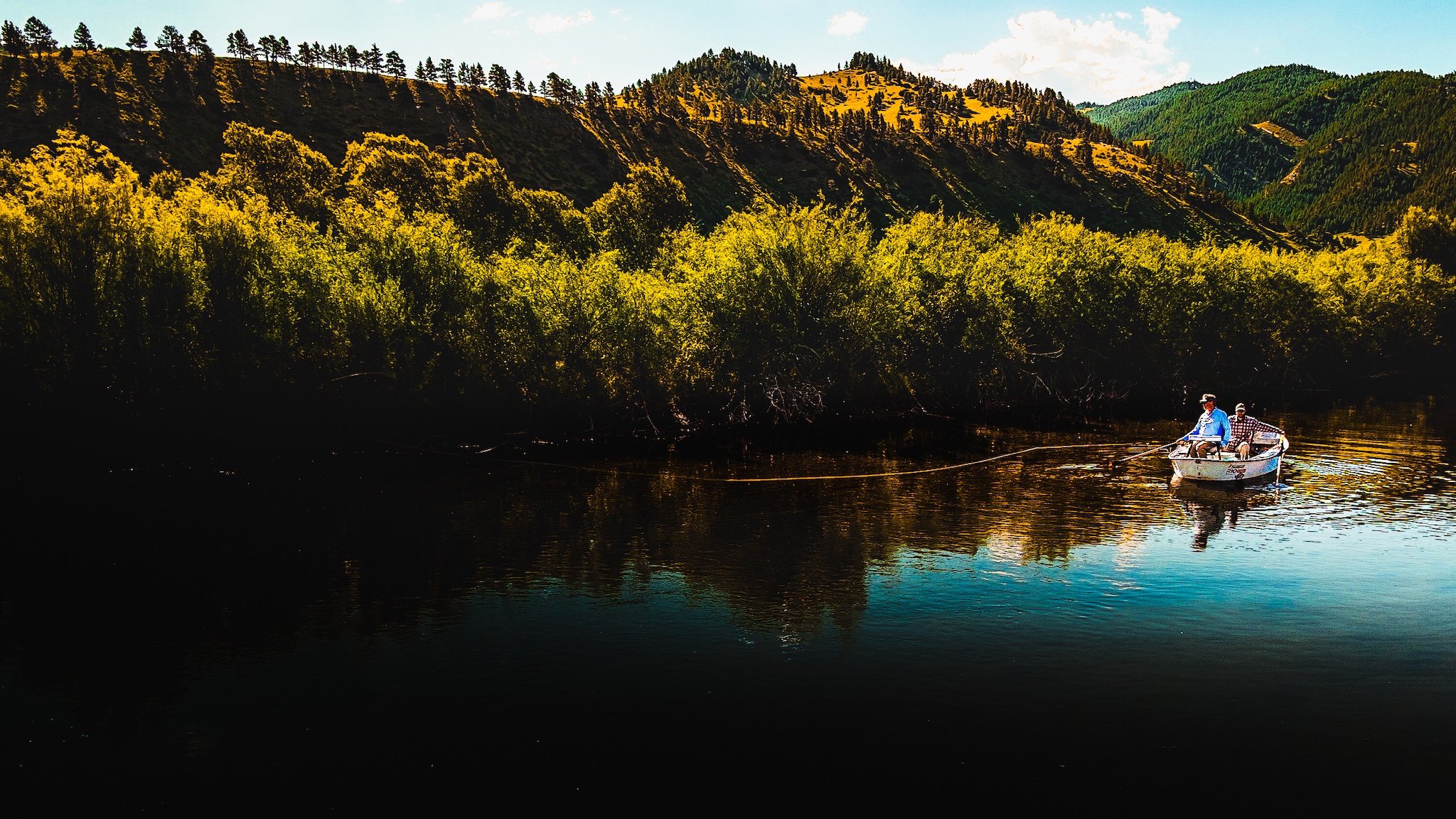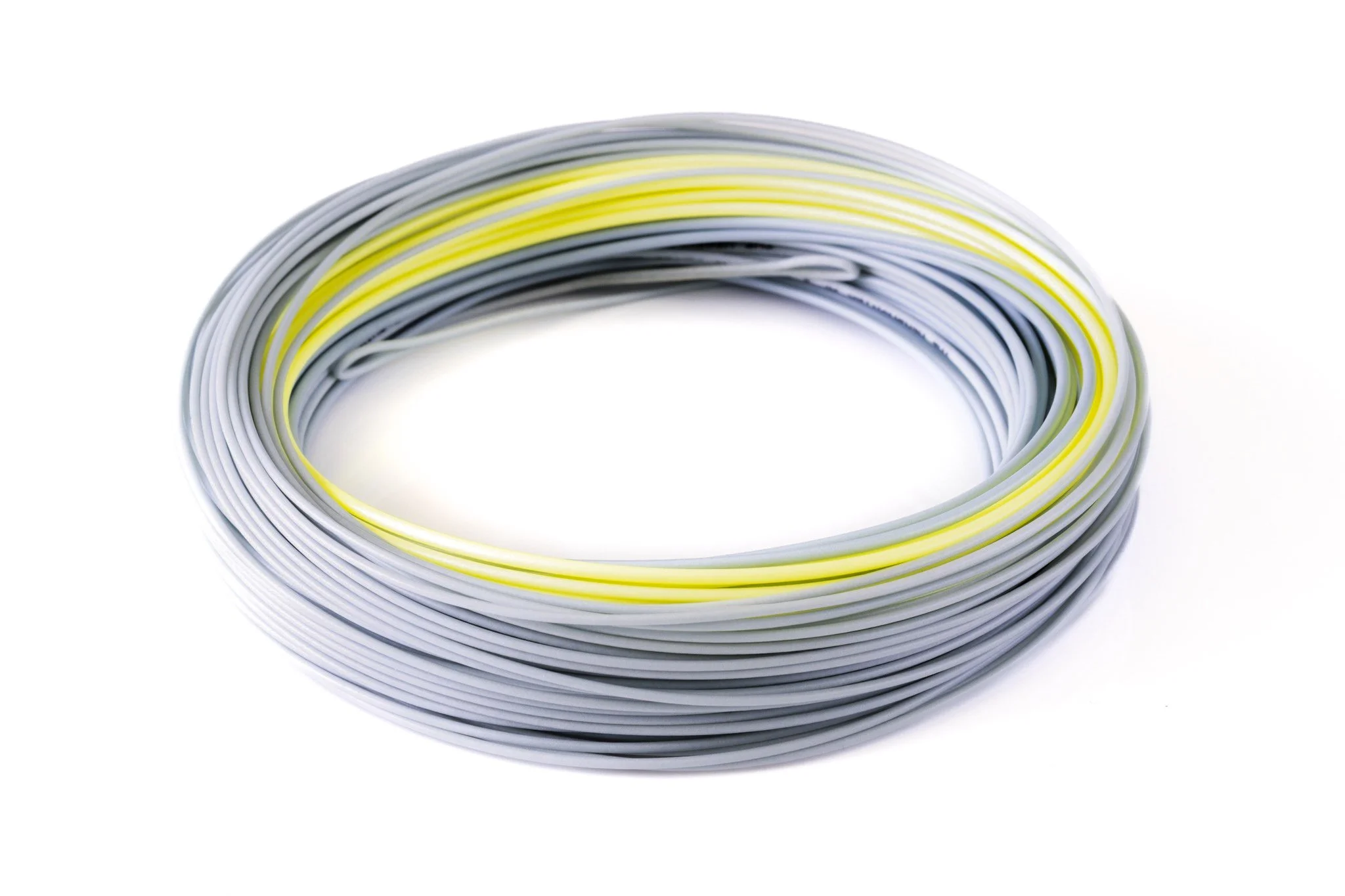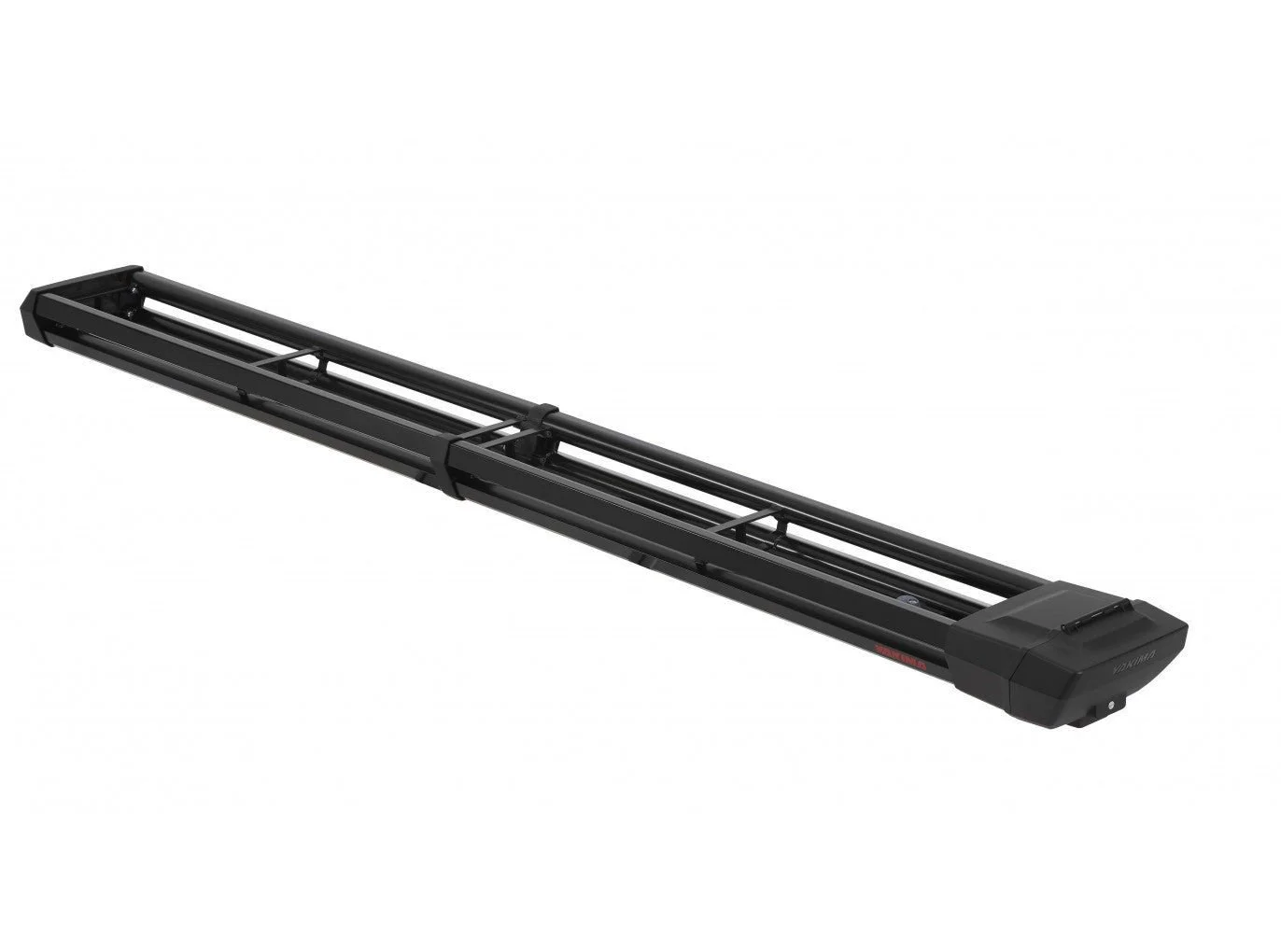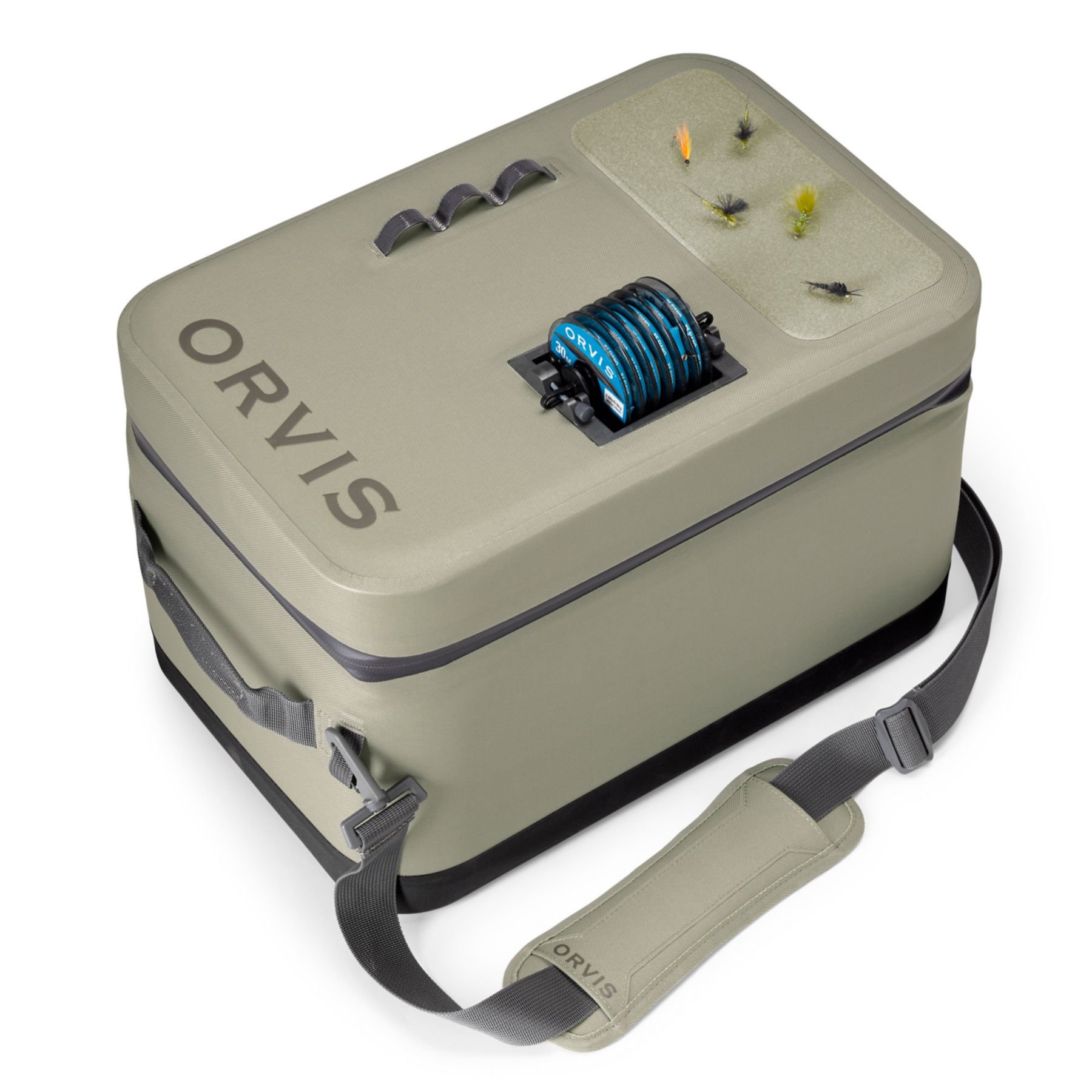Water LEvels Forecast for the year
Water projections from the water projectors here in central Montana. Read it and…
Saturday, Fly Shop Small, Shopping with HH of Craig…Fishing on Pause!
Damn cold here in central Montana today after snow of about 8” in Cascade and a bit less in Craig. Small Biz Saturday today do not forget to shop in Craig or on the CraigFlySHop.com site!
Skwala Back Eddy Wader 15% off TODAY ONLY
Todfay only at HH of Craig the 12 days of Skwalal continues with BackEddy Wader available at 15% off!
HOLIDAY GIFT IDEAS!
What We Do.
-

Guided Fly Fishing
Guiding is our foundation, and owners Mark Raisler and John Arnold have decades of experience guiding, and are committed to providing our customers with great guides and experiences.
-

Fly Shop
Our small and funky shop has everything you need for a day on the water. More importantly, our knowledgeable staff will answer your questions and get you headed out in the right direction.
-

Lodging
There are plenty of trout in the Missouri River, but not nearly enough accommodations for all of the anglers here to catch them. Let Julie help you find the right accommodations for you or your group.
-

Shuttles
Our shuttle service will move your vehicle from put-in to take-out while you’re floating and fishing the Missouri River. We operate the largest shuttle service on the river, and will help make your float easy.
-

Rental Boats
We rent Adipose Drift boats built locally in Helena, MT, and designed for big rivers like the Missouri. Rental boats often get booked well in advance during the summer, so make plans ahead of time.
-

About Us
We don’t judge our shop by the products we carry. And we definitely don’t judge it by size. Our shop staff and guides are what makes us, along with the community of anglers that make Headhunters their base.

A TACTICAL FLY LINE
The HEADHUNTER 2 tactical dry fly line was designed completely in-house by our crack team of dry fly snobs. We were searching for a line that would conquer the conditions we face every day on the Missouri River. Long distance presentations are common, as is the need for super-tight accuracy. The strong, ever-present wind requires a powerful turnover, but needs to land like a feather. And after the fly lands, you need to make strong mends and send line into the drift. And you’re commonly making these difficult reach cast presentations while sitting in a boat. What we came up with is a unique taper that excels at downstream presentations in all big “spring creek” scenarios. After we were satisfied with the taper, we added some visual markers to let the angler know where the line performs best. We continue to make improvements, and it continues to draw rave reviews from anglers.

















